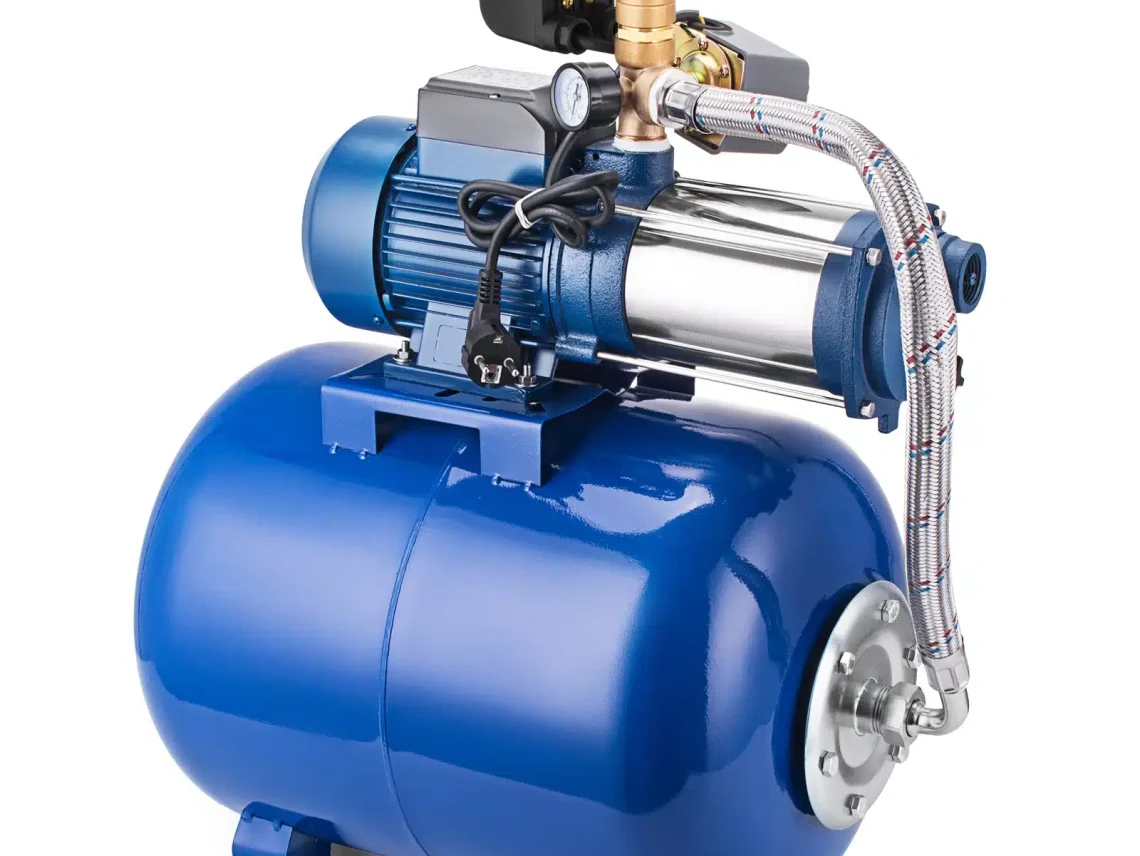
Table of Contents
ToggleHeat exchangers and pressure vessels are two terms frequently used in industries like manufacturing, energy, and engineering. But what exactly is a heat exchanger? Furthermore, how does it relate to a pressure vessel? Let’s delve into these questions.
Heat exchangers are devices designed to transfer heat between two or more fluids without them mixing. Typically, they come in various types:
As a result, these devices are integral in industries ranging from petrochemicals to food processing.
Pressure vessels are containers designed to hold gases or liquids at a pressure substantially different from the ambient pressure. For example, they can be as simple as compressed air tanks or as complex as nuclear reactor vessels. Common types include:
In essence, both pressure vessels and heat exchangers play crucial roles in industrial processes. Therefore, understanding their differences and uses is vital for efficient system design.
Not all heat exchangers are pressure vessels, but many operate under pressure. Factors that qualify certain heat exchangers as pressure vessels include:
While heat exchangers and pressure vessels serve different primary functions, they share operational similarities:
However, their structural designs can differ significantly based on their intended function.
Pressure failures in heat exchangers can be catastrophic. Hence, regular maintenance is crucial:
Heat exchangers and pressure vessels are distinct in their primary functions. However, many heat exchangers qualify as pressure vessels due to the pressures they operate under. Recognizing this relationship is vital for ensuring safety and efficiency in various industries.
No, a heat exchanger and a pressure vessel are distinct entities, although they may be components within the same system. A heat exchanger is designed to transfer heat between two fluids, while a pressure vessel is designed to contain and withstand pressure. While heat exchangers may be part of a larger system, they do not share the same primary function as pressure vessels.
Yes, heat exchangers can be subjected to pressure changes as part of the overall system in which they operate. However, it’s crucial to note that their design is not primarily focused on containing pressure. Pressure changes in a heat exchanger are typically secondary to their primary function of heat transfer.
Yes, safety is paramount when dealing with heat exchangers. While they are not pressure vessels, they are still integral components in systems where pressure may fluctuate. Proper maintenance, regular inspections, and adherence to recommended operating conditions are crucial to ensuring the safe and efficient performance of heat exchangers.
The design considerations for heat exchangers and pressure vessels differ significantly. Heat exchangers focus on maximizing heat transfer efficiency, requiring specialized configurations for fluid flow. Pressure vessels, on the other hand, emphasize structural integrity to withstand and contain pressure. Different materials, fabrication techniques, and codes and standards govern their respective designs.
Yes, pressure vessels often house heat exchangers as part of a larger system. This integration is common in industries where heat transfer and pressure containment are interconnected requirements. The pressure vessel provides the structural framework to contain the fluids under pressure, while the heat exchanger facilitates the necessary heat exchange processes.
Table of Contents
ToggleIn the realm of industrial solutions, Red River emerges as a pioneer, offering a diverse range of custom-engineered products and facilities. Among our specialties is the design and production of Custom/OEM Pressure Vessels, meticulously crafted to meet individual client requirements, ensuring performance under various pressure conditions. Our expertise extends to the domain of prefabrication, where Red River leads with distinction.
The company excels in creating prefabricated facilities, modules, and packages, reinforcing its stance as a forerunner in innovation and quality. This proficiency is further mirrored in their Modular Skids offering, where they provide an array of Modular Fabricated Skid Packages and Packaged equipment. Each piece is tailored to client specifications, underlining their commitment to delivering precision and excellence in every project they undertake.